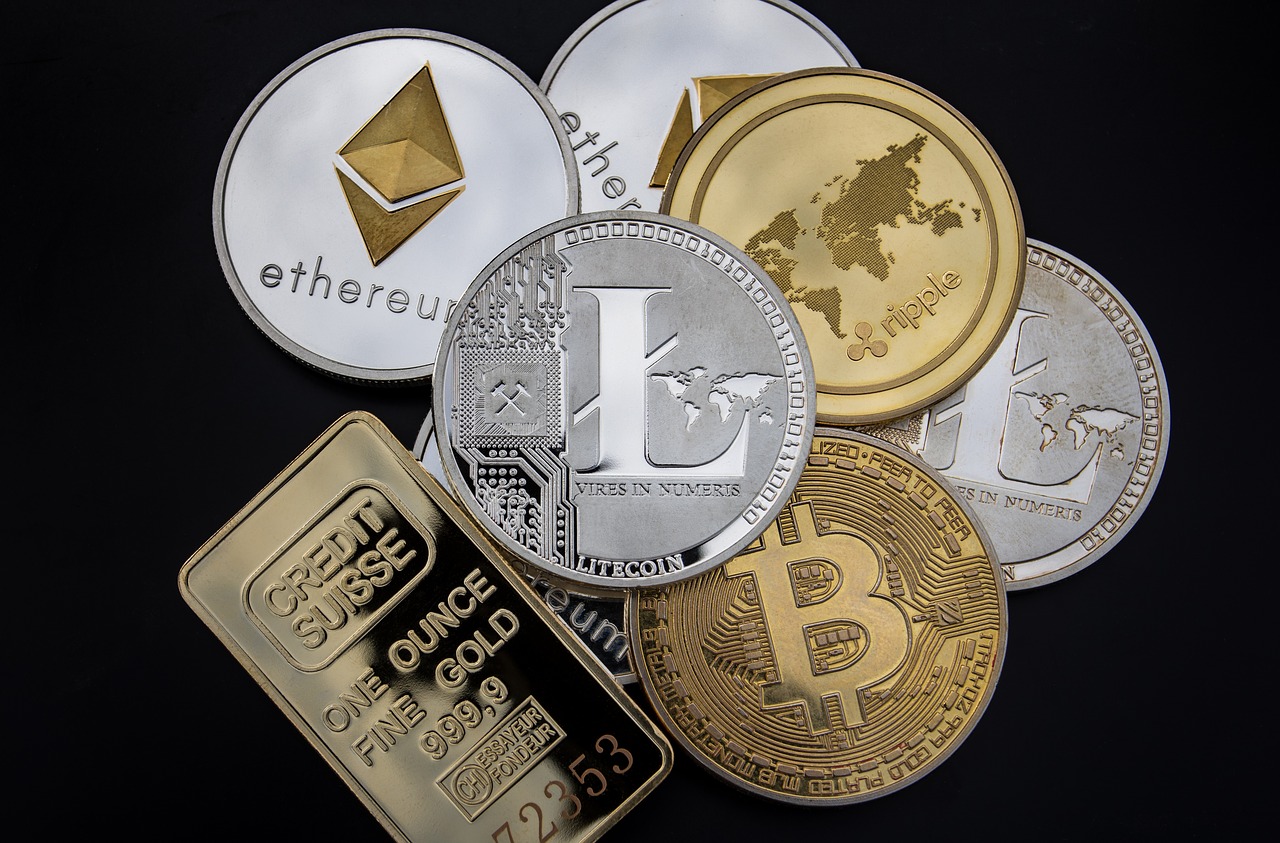Initial Coin Offering – How Did it Start and How Does it Work
Disclaimer: The text below is an advertorial article that was not written by Cryptonews.com journalists.

Despite its relative frequency these days, ICOs remain an esoteric concept for many. So let’s take a few moments to try to understand this phenomenon.
Financial authorities worldwide increasingly show interest in ICOs (Initial Coin Offering) during the last couple of years.
If the concept of the ICO is obvious for those who regularly handle crypto-currencies, it is a little more complicated for the rest of the world. Given the importance of this subject in the years to come, with the regulatory impulses of authorities worldwide, we have decided to explain it to you.
In the beginning, it was Ethereum.
The first notable ICO is that of Ethereum in 2014. The organizers sought to finance the development of a new blockchain, different from that of Bitcoin, implementing the famous Smart contracts.
Rather than simply launching a kickstarter or canvassing traditional investors, the team behind Ethereum chose to offer anyone interested in the project to trade bitcoins for Ether, the future cryptocurrency linked to the blockchain of Ethereum. More than 18 million dollars were collected in a few weeks, with an exchange rate at 0.4 dollars per Ether.
In this context, it is possible to define an ICO as the pre-sale of a new cryptocurrency by raising funds in cryptocurrency in the form of a crowdfunding campaign. But this definition does not cover all possible cases.
Smart contracts and The DAO
As a reminder, a smart contract is a small piece of code. It automatically executes a given task when certain pre-planned conditions are met.
To give a very concrete example of their interest, the insurer Axa makes simple use of this function with its Fizzy insurance. If a plane arrives more than two hours late at its destination, the insured must receive compensation. The smart contract then scans a database indicating the time of arrival of the planes and triggers a payment when a sufficient delay occurs.
However, it is possible to push the concept a little further with more complex tools. Thus was born The DAO, the first Decentralized Autonomous Organization to come to life on the Ethereum blockchain. It is, in fact, an autonomous group, without physical reality or legal form, which only exists through its presence on a blockchain.
A DAO can interact with the outside world by sealing smart contracts with third-party providers. If a DAO wants to launch into the production of boards, it suffices to sign a contract with a lumberjack to buy the raw material, a transporter, and a sawmill to transform it.
In three weeks, The DAO (despite its resounding failure afterward) thus raised around $ 150 million through an ICO of another form. This time around, the participants didn’t receive cryptocurrency in exchange. But they received a token, giving the right to one vote in the votes organized by the DAO.
These tokens are then assimilated to the shares of a company and can be exchanged via the Ethereum blockchain. The operation as a whole can be seen as a “bastard” form of IPO. Except that here the shares are only tradable through a blockchain.
In Conclusion
ICO is increasingly attracting the curiosity of financial regulators around the world. And for a good reason. Currently, few nations have laid down clear rules for the management of ICOs. It results in a kind of far-west where the very serious is mixed with the most dubious initiatives. Therefore, as an investor, you should absolutely take a look at the ICO calendar, compare and scrutinize the project details before investing. Beware that scammers are not rare in this sector.
The regulatory authorities are now trying to get on the bandwagon. And put a legislative framework that is a little more reassuring for investors. In the meantime, some countries like South Korea have decided to ban this type of operation on their territory.



